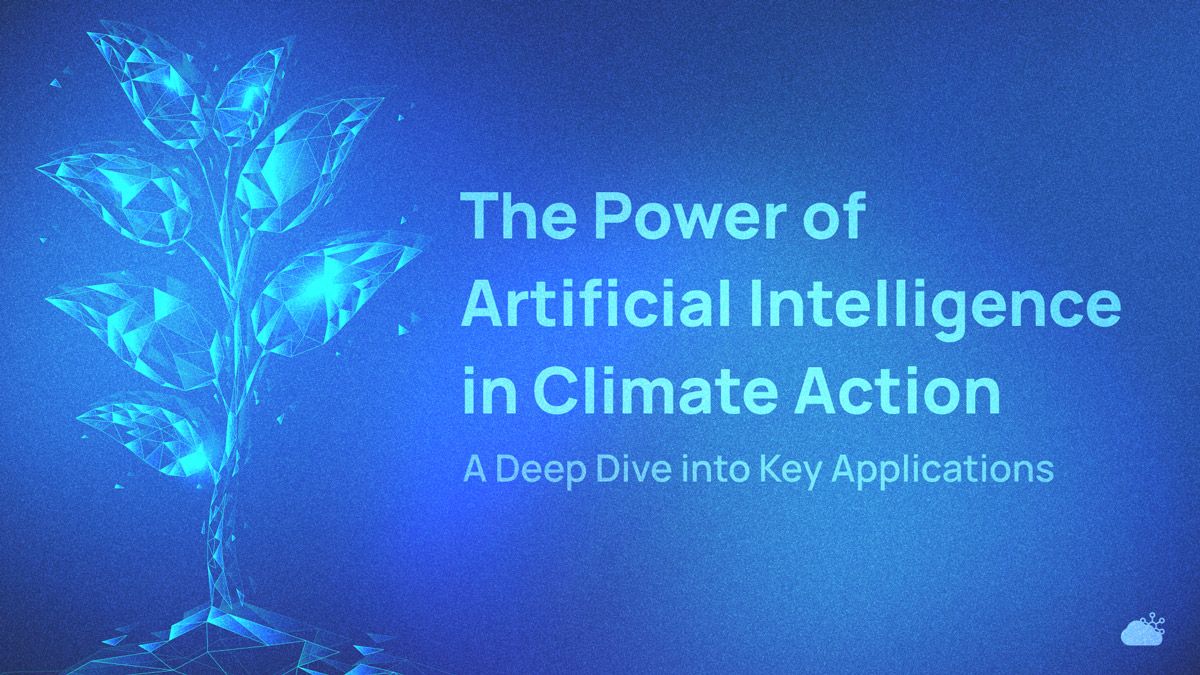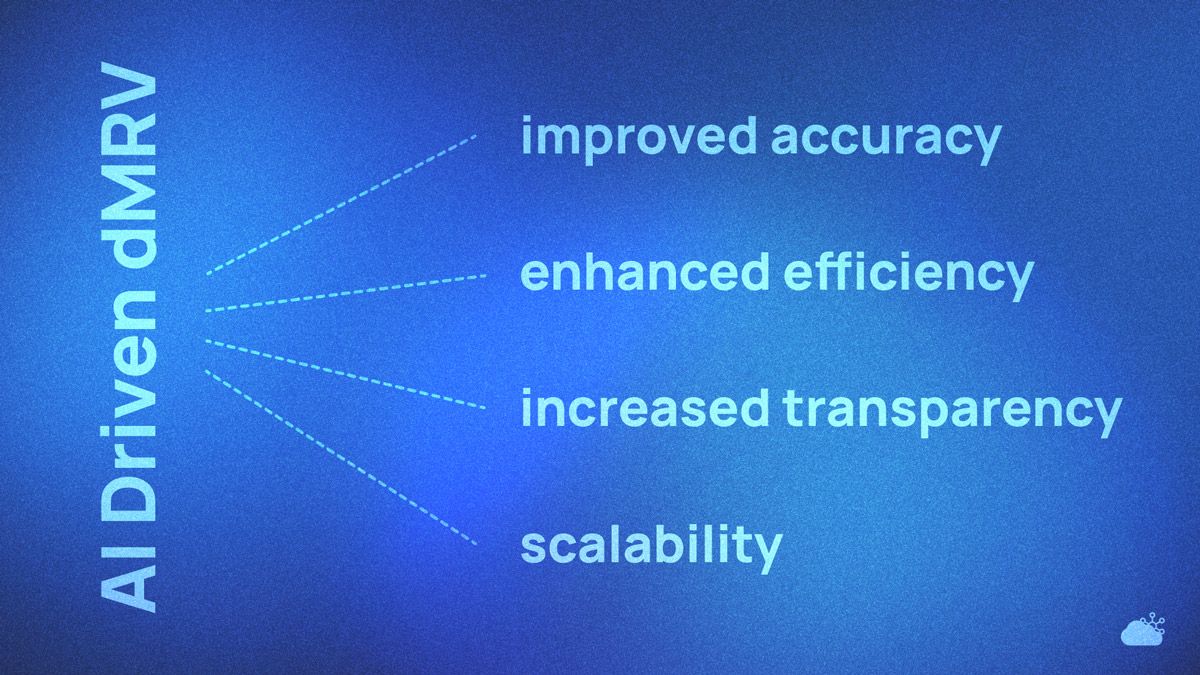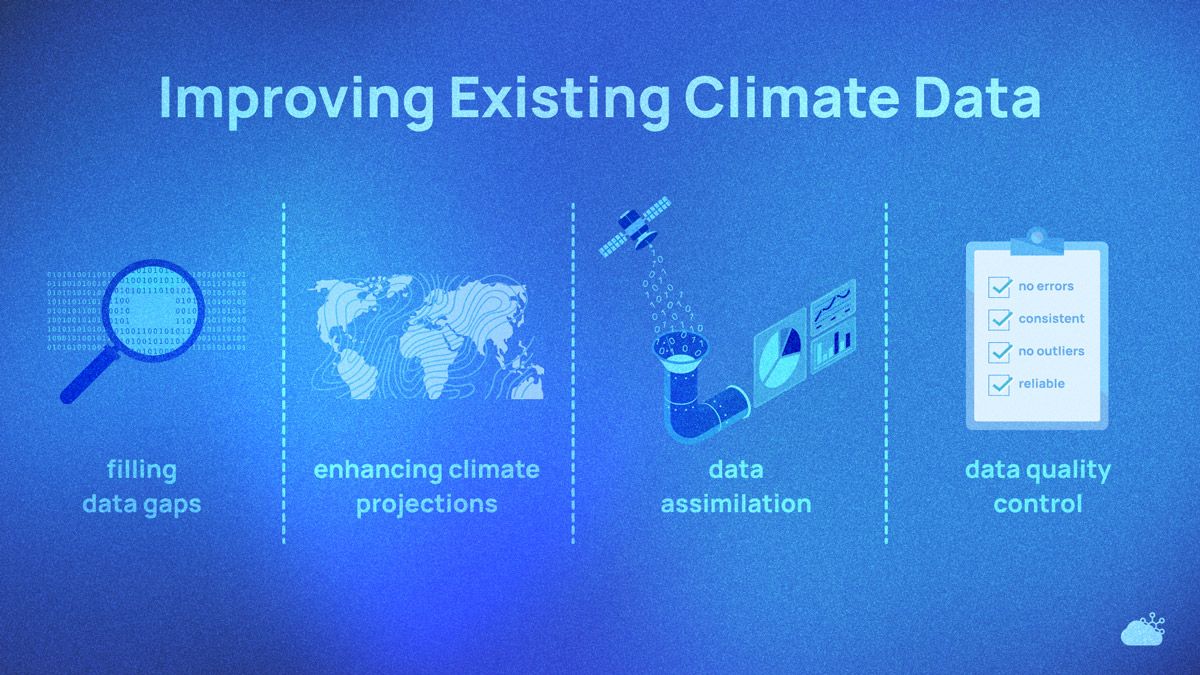The Power of Artificial Intelligence in Climate Action: A Deep Dive into Key Applications
Why we use AI algorithms for underwriting parametric insurance, building digital MRV tools, and enhancing existing climate data.

The Game-Changing Potential of Artificial Intelligence in Climate Resilience and Sustainable Development
Introduction
Artificial Intelligence (AI) has become a driving force in various industries and is increasingly being recognized for its potential to address climate change. By leveraging AI, we can create innovative solutions that help businesses, governments, and communities better understand, adapt to, and mitigate the impacts of climate risk. Below we examine some of the key applications of artificial intelligence in powering a climate resilient future, and accelerating the transition towards a sustainable and resilient future.
Accelerating the Development of Parametric Insurance by Automating Underwriting
Parametric insurance is an innovative risk management tool that uses predefined parameters, such as wind speed or rainfall levels, to trigger automatic payouts when a specific threshold is breached. This type of insurance can help individuals and organizations manage the financial impacts of climate-related events, such as floods, storms, or heatwaves, more effectively.

AI can play a crucial role in accelerating the development and deployment of parametric insurance products by automating the underwriting process. Traditional underwriting methods rely on historical data and manual assessments to determine risk, which can be time-consuming and error-prone. AI algorithms, on the other hand, can rapidly analyze vast amounts of data to identify patterns and trends, allowing insurers to more accurately assess and price risk in real-time.
By automating underwriting, AI can help insurers develop more accurate and cost-effective parametric insurance products, ensuring broader access to climate risk protection for vulnerable communities and organizations. Additionally, AI-driven parametric insurance can incentivize proactive risk mitigation measures, as payouts are tied to specific, predetermined thresholds that can be adjusted based on improvements in risk management practices.
Creating Digital Measurement, Reporting, and Verification (dMRV) Tools
As outlined in dClimate's previous blog post on MRV, Measurement, Reporting, and Verification (MRV) is a critical component of climate action, as it enables stakeholders to track the progress of climate initiatives, verify emissions reductions, and ensure the integrity of carbon markets.

Digital MRV (dMRV) refers to the use of advanced technologies, including AI, to automate and enhance MRV processes. AI-driven dMRV tools can offer several benefits over traditional MRV methods:
- Improved Accuracy: AI algorithms can analyze large datasets with increased precision, reducing errors and uncertainties in emissions measurements and ensuring more accurate reporting and verification of climate actions.
- Enhanced Efficiency: AI-driven dMRV tools can process and analyze data much faster than manual methods, streamlining MRV processes and enabling real-time monitoring of climate initiatives.
- Increased Transparency: AI-powered dMRV platforms can provide stakeholders with real-time access to emissions data and verification reports, fostering trust and accountability in climate actions and carbon markets.
- Scalability: AI-driven dMRV tools can be easily scaled to handle growing data volumes and diverse data sources, supporting the expansion of climate initiatives and carbon markets.
By leveraging AI in digital MRV solutions, we can create more robust, efficient, and transparent systems for tracking and verifying climate actions, ultimately driving greater accountability and progress towards global climate goals.

Improving Existing Climate Data
Climate data is the foundation upon which climate risk assessments, adaptation strategies, and mitigation measures are built. High-quality, accurate, and up-to-date climate data is essential for informed decision-making and effective climate action.

AI can play a pivotal role in enhancing the quality and utility of existing climate data by:
- Filling Data Gaps: AI algorithms can be trained to predict missing or incomplete data points based on available information, providing a more comprehensive picture of climate conditions and trends.
- Data Assimilation: AI can be used to integrate data from multiple sources, such as satellite imagery, ground-based measurements, and model outputs, creating a more accurate and consistent representation of climate variables.
- Data Quality Control: AI-driven tools can automatically detect and correct errors, outliers, and inconsistencies in climate datasets, ensuring the reliability and accuracy of the data being used for climate risk assessments and decision-making.
- Enhancing Climate Projections: AI models can be used to improve the accuracy of climate projections by incorporating additional factors and complex interactions that traditional climate models may struggle to capture. This can lead to more robust and reliable predictions of future climate conditions, supporting better-informed climate action planning.
By harnessing AI to improve existing climate data, we can equip businesses, governments, and communities with the information they need to make well-informed decisions and take effective action to combat climate change.
Conclusion
Artificial intelligence has immense potential to support and accelerate climate action across a range of applications, from parametric insurance and dMRV to enhancing climate data quality. By embracing AI-driven solutions, we can unlock new opportunities for climate resilience, risk management, and sustainable growth. At dClimate, we leverage the power of AI and other advanced and emerging technologies to build a more secure and sustainable future for all.
- Explore our Data Marketplace with over 30 TB of climate data
- Visit our Website, Blog, REST API and Documentation
- Sign up for our bi-weekly Newsletter
- Join the Community: Twitter | Discord | LinkedIn | Telegram | YouTube
Continue reading! We recommend this article about Dynamic Carbon Tokens, a new type of carbon credit that can bring more integrity to carbon credits by utilizing data verification from digital MRV technologies.



